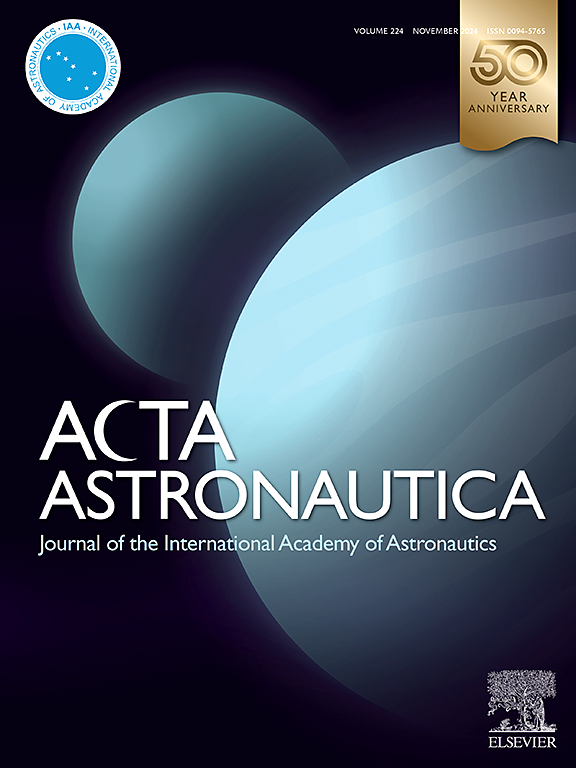Combustion and microexplosion characteristics in droplets of kerosene with boron nanoparticles and 1-pentanol
IF 3.1
2区 物理与天体物理
Q1 ENGINEERING, AEROSPACE
引用次数: 0
Abstract
Boron-based nanofluid fuel demonstrates a high energy density due to the presence of B nanoparticles (BNPs). This paper presents a comprehensive study of nanofluid fuels composed of kerosene, 1-pentanol, and BNPs through both theoretical analysis and experimental investigation. The 1-pentanol not only possesses a high heat value and physical properties, such as density and viscosity, that are comparable to those of kerosene, but it also serves as an effective dispersing medium for BNPs. Furthermore, test results examining the impact of 1-pentanol content on the stability of BNPs show that a concentration of 10 vol% 1-pentanol significantly inhibits the contact and aggregation of BNPs and makes them stably dispersed in fuel. Single droplet combustion experiments demonstrate that the 10B/K90P10 sample exhibits the best all-around combustion characteristics with an ignition delay time of 35 ms and a liquid phase combustion rate of 1.5537 mm2/s. Finally, a mathematical model has been developed to analyze and validate the combustion performance of boron-based alcohol-containing nanofluid fuels. The predicted ignition delay time, liquid phase combustion rate, and microexplosion time are within acceptable limits of their experimental values. This work provides valuable insights for the research and application of boron-based alcohol-containing nanofluid fuels.
硼纳米颗粒和1-戊醇在煤油液滴中的燃烧和微爆炸特性
硼基纳米流体燃料由于B纳米粒子(BNPs)的存在而表现出高能量密度。本文从理论分析和实验研究两方面对煤油、1-戊醇和BNPs组成的纳米流体燃料进行了综合研究。1-戊醇不仅具有与煤油相当的高热值和物理性质,如密度和粘度,而且还可以作为BNPs的有效分散介质。此外,1-戊醇含量对BNPs稳定性影响的测试结果表明,浓度为10 vol%的1-戊醇显著抑制BNPs的接触和聚集,并使其稳定地分散在燃料中。单液滴燃烧实验表明,10B/K90P10样品具有最佳的全面燃烧特性,点火延迟时间为35 ms,液相燃烧速率为1.5537 mm2/s。最后,建立了一个数学模型来分析和验证硼基含醇纳米流体燃料的燃烧性能。预测的点火延迟时间、液相燃烧速率和微爆炸时间均在实验值的可接受范围内。这项工作为硼基含醇纳米流体燃料的研究和应用提供了有价值的见解。
本文章由计算机程序翻译,如有差异,请以英文原文为准。
求助全文
约1分钟内获得全文
求助全文
来源期刊

Acta Astronautica
工程技术-工程:宇航
CiteScore
7.20
自引率
22.90%
发文量
599
审稿时长
53 days
期刊介绍:
Acta Astronautica is sponsored by the International Academy of Astronautics. Content is based on original contributions in all fields of basic, engineering, life and social space sciences and of space technology related to:
The peaceful scientific exploration of space,
Its exploitation for human welfare and progress,
Conception, design, development and operation of space-borne and Earth-based systems,
In addition to regular issues, the journal publishes selected proceedings of the annual International Astronautical Congress (IAC), transactions of the IAA and special issues on topics of current interest, such as microgravity, space station technology, geostationary orbits, and space economics. Other subject areas include satellite technology, space transportation and communications, space energy, power and propulsion, astrodynamics, extraterrestrial intelligence and Earth observations.
 求助内容:
求助内容: 应助结果提醒方式:
应助结果提醒方式:


